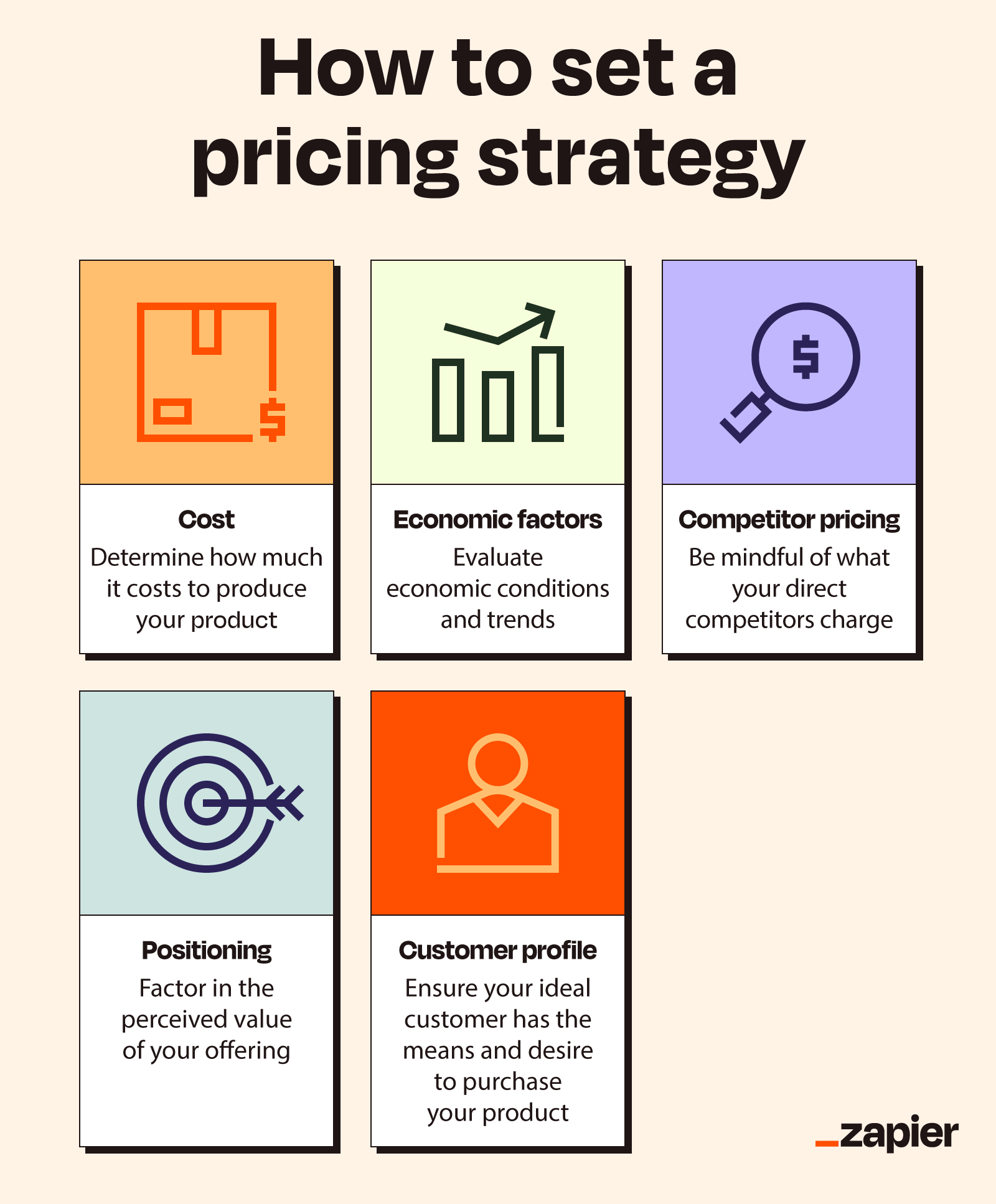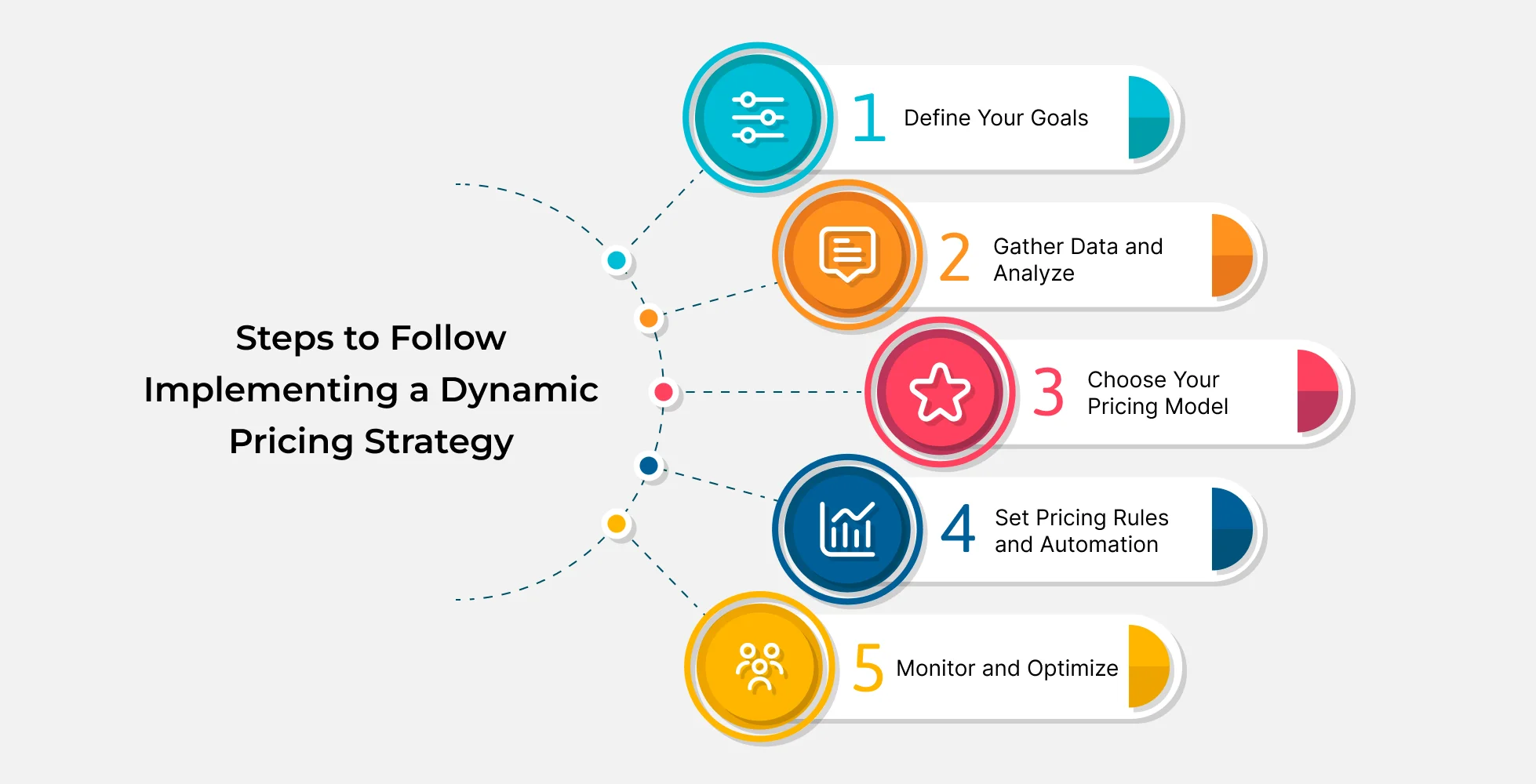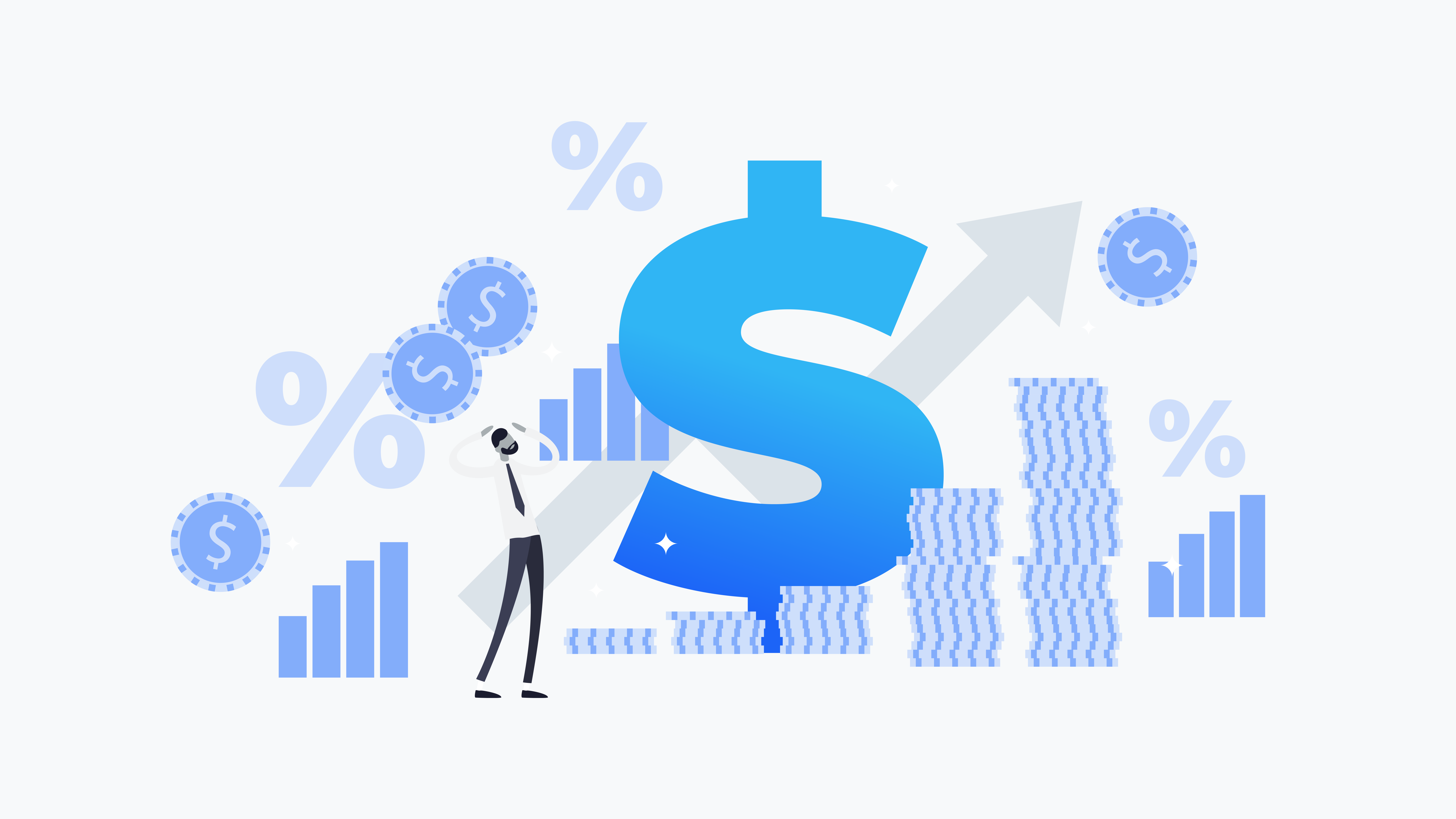How to Test and Maximize Your Pricing Strategy for Better Outcomes
How to Test and Maximize Your Pricing Strategy for Better Outcomes
Blog Article
Optimize Profits With Proven Pricing Approach Strategies
Techniques such as value-based prices, vibrant prices, and complete market evaluation can considerably improve a business's economic performance. Recognizing customer understanding and leveraging information analytics for dexterous rates adjustments are crucial elements of this approach.
Recognizing Customer Understanding
Understanding consumer understanding is vital for developing efficient prices strategies. It affects how customers evaluate a product's worth, high quality, and general attractiveness. Organizations must acknowledge that consumers usually base their readiness to pay not exclusively on the product's inherent qualities but likewise on emotional aspects, including brand name credibility, social standing, and viewed deficiency.

Additionally, companies should consider the role of rates psychology, such as beauty prices or rate anchoring, which can substantially impact client behavior. Understanding these perceptions makes it possible for companies to frame their prices approaches in a way that aligns with consumer assumptions while optimizing earnings.
Integrating client assumption into prices methods not only help in setting affordable prices yet additionally promotes brand name commitment, as customers feel comprehended and valued. Ultimately, a nuanced understanding of consumer understanding can result in lasting profits development and enhanced market positioning.
Studying Market Trends
To develop a reliable pricing approach, analyzing market trends is vital for organizations looking to stay affordable. Understanding the dynamics of market fluctuations allows firms to make enlightened decisions concerning prices modifications, item launches, and resource allocation - Pricing Strategy. By keeping an eye on customer behavior, financial indications, and industry growths, organizations can determine patterns that notify their rates structures
Key parts to think about when examining market trends include demand flexibility, seasonal fluctuations, and arising innovations. Demand flexibility helps organizations evaluate exactly how price adjustments may impact customer getting choices. Seasonal fads can offer understandings into ideal pricing throughout optimal and off-peak durations, permitting for strategic discounting or advertising rates. In addition, watching on technological improvements can assist identify potential hazards or opportunities that could affect rates methods.
Using data analytics devices can boost the accuracy of pattern evaluation, providing valuable insights that promote nimble decision-making. Firms must also think about performing regular market research to confirm assumptions and adapt to developing consumer choices. By leveraging these insights, companies can not only optimize their pricing strategies yet also strengthen their general market position, making sure long-term productivity and growth.
Competitive Pricing Strategies
An affordable prices approach is vital for services intending to gain a side in a congested marketplace. By examining competitors' pricing frameworks and market positioning, companies can purposefully establish their costs to attract clients while keeping profitability. This strategy calls for a detailed understanding of both the affordable landscape and consumer perceptions of value.
One reliable technique is rate matching, where a company supplies to beat a rival or match's price. This technique can boost customer loyalty and urge sales, particularly in price-sensitive markets. Additionally, penetration pricing can be utilized to record market share by originally setting rates less than rivals, attracting customers to try the item and fostering brand awareness.
In addition, organizations can carry out mental prices approaches, such as pricing things simply below a rounded number (e.g., $9.99 rather than you can find out more $10 - Pricing Strategy.00) This can create the perception of a much better deal, influencing customer behavior
Inevitably, a successful competitive pricing technique balances the need to stay attractive to consumers while guaranteeing that the prices version aligns with the company's general objectives. Frequently evaluating and adjusting prices in feedback to market changes and rival actions is essential for continual success.
Value-Based Prices Techniques
Value-based pricing strategies focus on setting prices largely based on the regarded value of a service or product to the customer, as opposed to exclusively on production prices or competitor prices. This method requires a deep understanding of client requirements, preferences, and the unique benefits that the item or solution offers. By determining the certain value drivers that resonate with consumers, companies can create pricing techniques that show real well worth of their offerings.
To implement value-based rates efficiently, business have to take part in complete market study, including consumer studies and emphasis groups, to gather understandings right into customer assumptions. Furthermore, companies must segment their consumer base to customize prices methods that align with different value understandings throughout sectors.
Interaction plays a critical duty in value-based pricing; companies must verbalize the distinct value proposal clearly to justify the cost factor. Additionally, continuous evaluation and adjustment are vital, as customer assumptions of worth may change with time due to market characteristics or affordable activities. By focusing on value in pricing approaches, organizations can improve customer complete satisfaction, boost loyalty, and inevitably maximize revenue.
Dynamic Rates Models

Dynamic prices leverages innovative algorithms and information analytics to monitor competitor rates, client habits, and inventory levels. By dynamically adjusting rates, these details companies can optimize profits, make best use of profit margins, and react swiftly to adjustments in the marketplace. For instance, airlines commonly utilize this version to readjust ticket costs based on elements like remaining seats, time up until departure, and rival rates.
Nevertheless, the application of dynamic prices need to be come close to with care. Clear interaction with clients is vital to keep depend on and prevent perceptions of unfair prices techniques. Furthermore, businesses need to make certain that their prices formulas are not excessively complicated or nontransparent, as this can bring about customer dissatisfaction.
Ultimately, when implemented thoughtfully, dynamic prices versions can offer organizations with a considerable competitive benefit, permitting them to take advantage of market opportunities while dealing with client assumptions in a my review here rapidly changing financial landscape.
Conclusion

Strategies such as value-based pricing, dynamic prices, and complete market evaluation can substantially boost a firm's economic performance. Seasonal trends can offer insights into ideal rates during top and off-peak durations, enabling for calculated discounting or promotional rates.Dynamic rates leverages advanced formulas and information analytics to keep an eye on competitor prices, customer habits, and supply degrees. By recognizing consumer assumption, analyzing market fads, and applying affordable rates strategies, services can properly align their pricing with consumer assumptions. Additionally, value-based pricing and vibrant pricing versions make it possible for organizations to react agilely to market changes.
Report this page